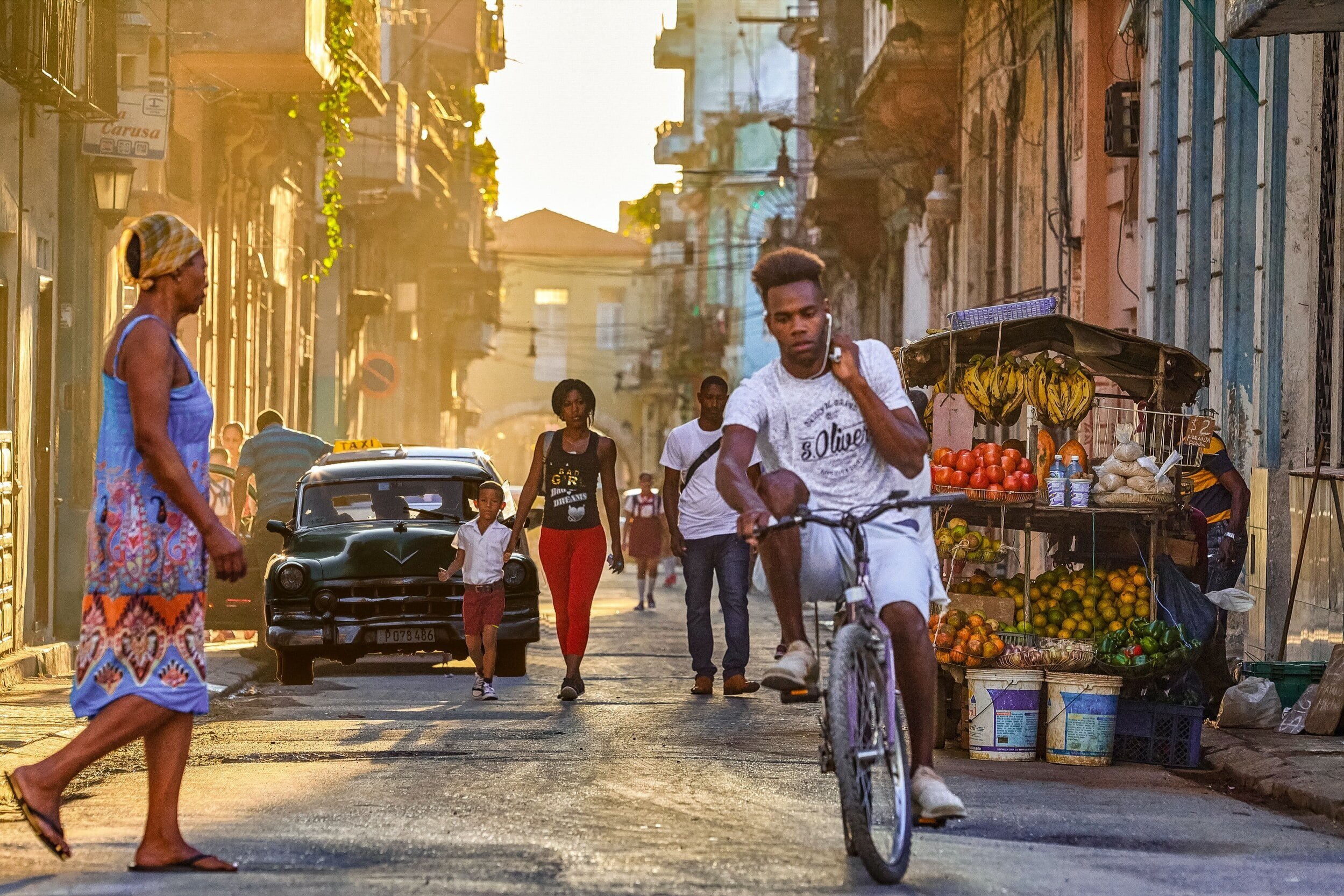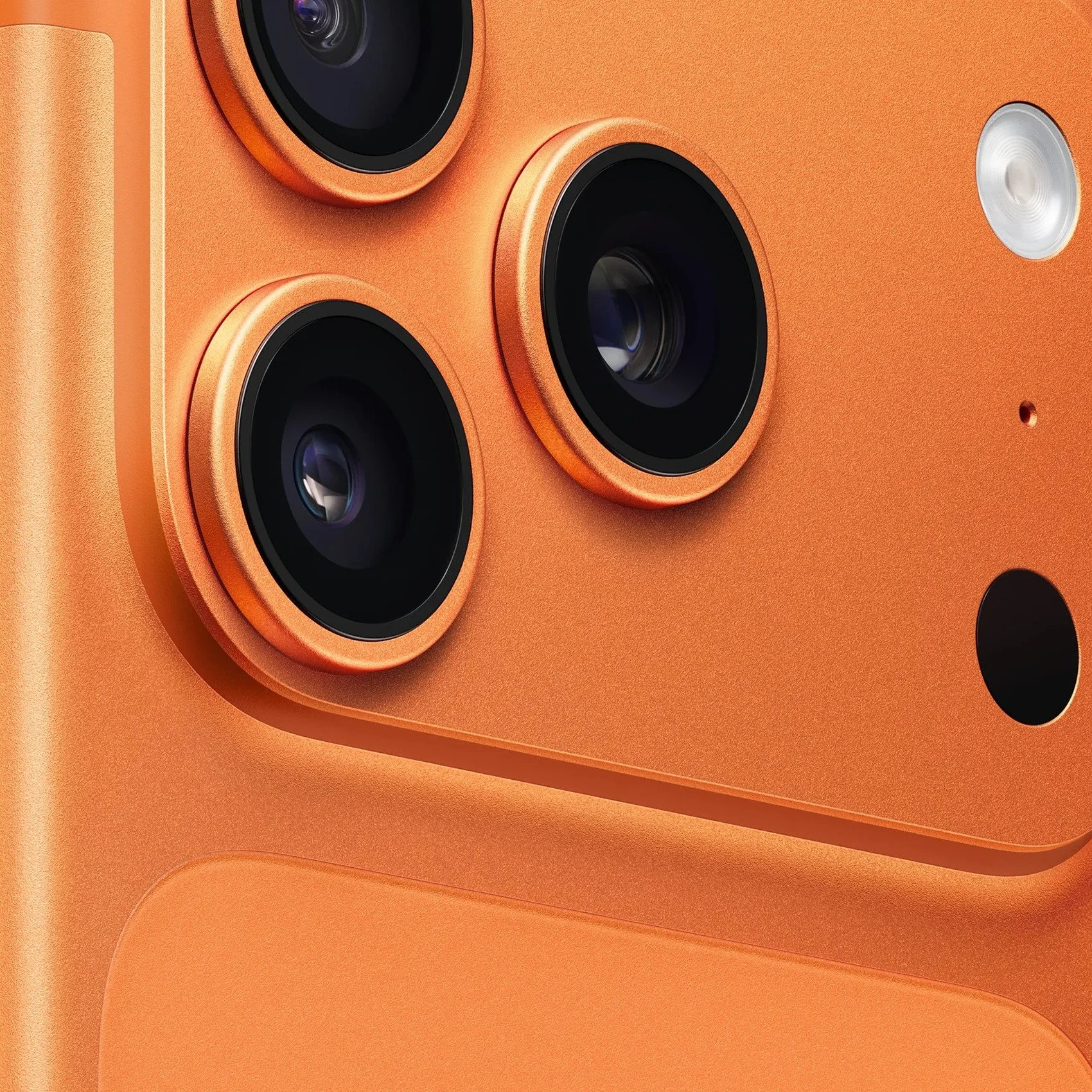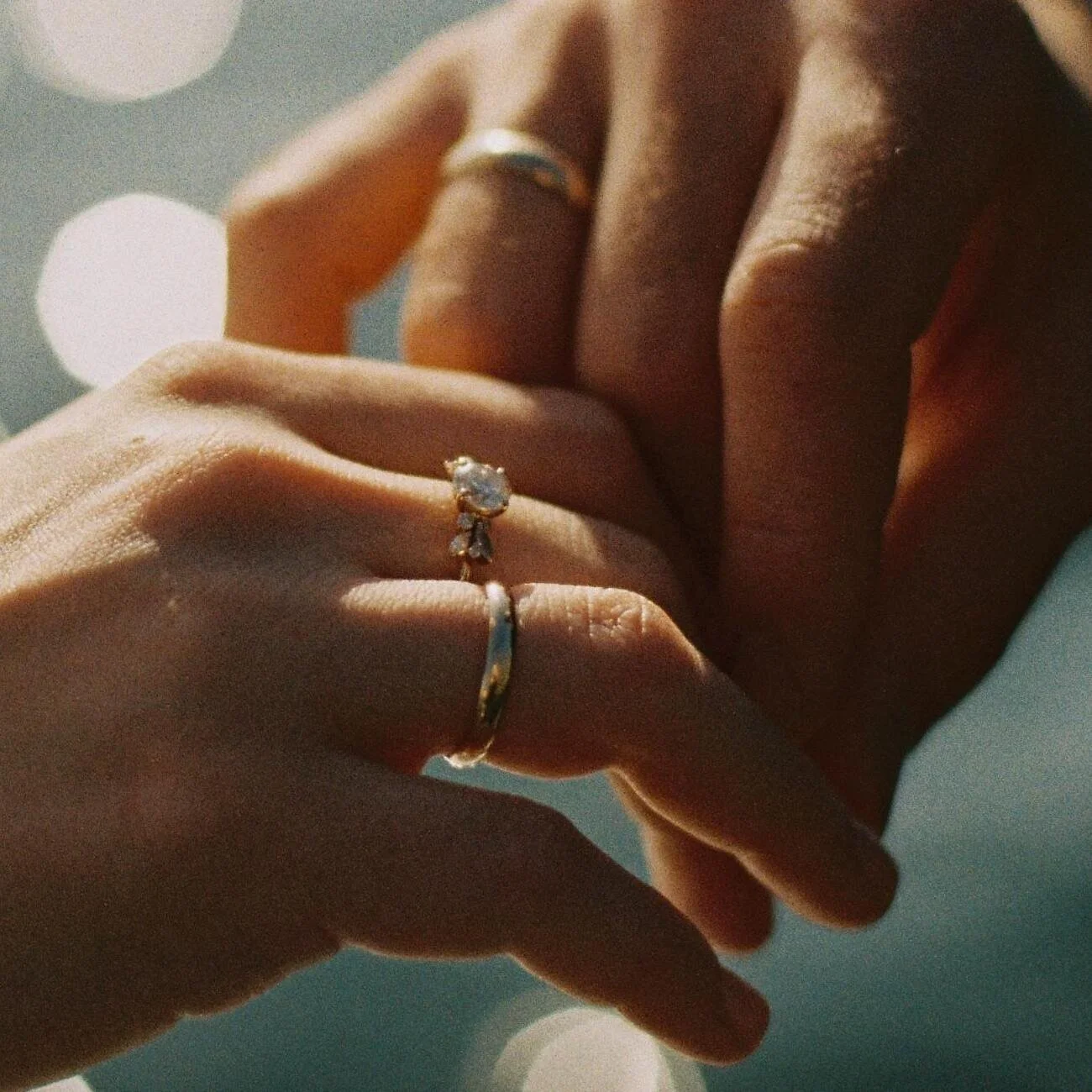Getting Started with Street Photography: Some Useful Tips
Superb street photography involves several elements coming together. All of them relate in some way to the photographer. What do we mean by this?
A photographer's comfort level with approaching strangers on the street, their gear, and even their ability to anticipate street action contribute to creating exceptional street photography. One without the others is unlikely to produce outstanding work. Read on for some guidance on how you can shoot high-quality street images.
Scene
Knowing your scene is critical. If you're not familiar with the location, you should scout it in advance. While you can't necessarily scout the street action in advance, you'll want to be familiarized with the potential backdrop.
Understanding how natural light plays at various times of day, where it projects, and how it affects the scene can help - a lot. Scouting the site can help you anticipate all these factors to allow you to be ready and compensate where necessary.
Gear
Once you understand the scene, you'll be better prepared to select your gear. Like with most fieldwork, you'd better know your equipment well and feel comfortable with it - meaning, you should know what equipment to grab (quickly) and when.
While excellent quality equipment certainly helps, it's not an essential feature. Our experience has taught us that it's more important to pack lightly and efficiently. For street photography, a decent camera with a good quality lens is the way to go. Less is more, not just for carrying gear around, but because it's likely to attract less attention on the street.
It's also less intimidating for subjects. After all, who feels comfortable with a huge lens pointed at them? A quality 35mm or 50mm lens with a decent camera body, and you should be good to go.
Confidence and Credibility
It's not easy to approach a stranger on the street and ask to take their picture. It's best if you display some confidence without being cocky, communicate clearly, start by offering them a business card, and dress in a manner that reflects professionalism.
Lastly, let technology work for you. Show them your website and your social media, so they can see your work. All of these gestures help establish credibility and help you earn their trust. They can see the quality of your work on your website and through your social media.
Be prepared to answer any questions they might have before you take their picture. Be forthright and unhesitant. Hesitation can make it seem like you have something to hide. Clear, frank communication is critical.
When It's a No
At some point, someone is going to say no to you taking their picture. It's not fun, to be honest, but it happens. Learning to politely accept rejection is important. Say thank you, offer to let the person you've asked keep your card, and simply move along.
While most of us never become completely comfortable with being rejected by someone you've approached for a photo on the street, the more you approach strangers, the more comfortable you'll get all-around. You'll also find that you'll get better and better at asking someone if you can take their picture! Some pros will set a number as a goal, how many people they ask and how many rejections they receive.
In other words, before start approaching folks, survey the scene and decide you'd like to ask 20 people tops. Out of that, 20 is the maximum number of rejections. Once you hit five rejections, you're done shooting for the day even if you haven't reached 20 people in total. Setting these goals can help you feel you have some level of control over your outing.
Be Fair with Expectations
Once you do start photographing someone, be fair with your expectations of them and their time. Remember, they're not your paid models. We suggest asking them before you start if it's ok to shoot for xx number of minutes.
We recommend 4 to 5 minutes maximum (set a timer), but ideally just two or three minutes. After all, they're doing you a favor. Also, be respectful of them personally. Asking them to strike numerous poses or move around the location for you doesn't: 1) lend itself to capturing authentic street photography and 2) seem fair when someone is doing you a favor.
Information
We like to obtain contact information for anyone we photograph. So that you don't forget when you're done shooting, try to set-up a reminder somehow. It's an excellent way to follow up with them so they can see the results, especially if you're planning on posting the images to social media.
Ensure you also obtain their social media information and ask if they'd like to be tagged in your posts with their picture. This is a good way to expand your exposure with their friends and followers. Also, as a gesture of appreciation for their time, email them full-resolution copies of their photos.
Shooting street photography can be a lot of fun and can create some extraordinary work. As we said earlier, the more you approach strangers, the better you will get at it and the more likely they are to say yes. Hopefully, you'll found our suggestions helpful.
And of course, if you’re interested in professionally editing your street photography, you can download our Street Fashion Collection by BeArt-Presets. These Lightroom Presets for Desktop and Mobile will drastically improve and enhance your street photography.





















